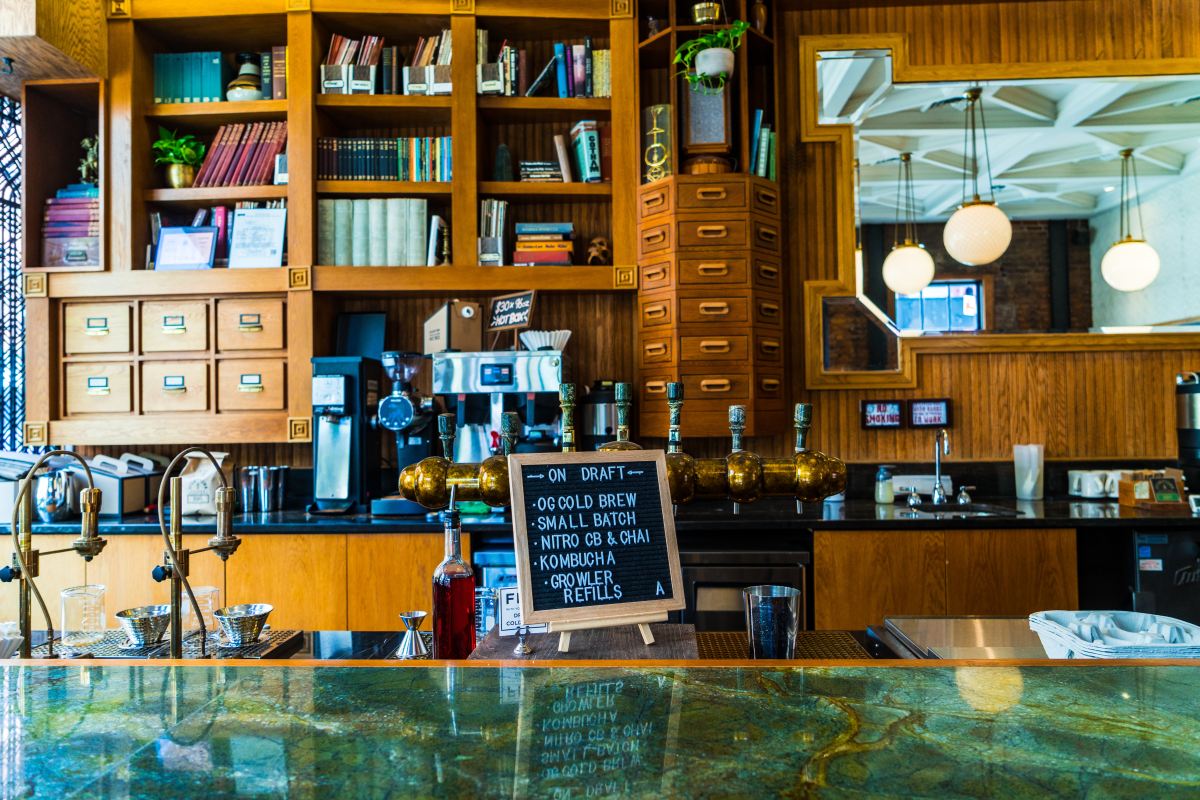Once upon a time, there were two cafés in your street (not 10), social media didn’t exist and neither did unfair dismissal. People paid cash for their $3 coffee and no one had heard of GST. Would you want to go back to the good old days?
Chefs often worked six days a week and millennials weren’t a thing yet. Did this mean more commitment? Maybe, but a wage of $8 per hour wasn’t much motivation and it was rare for a wage inspector to appear. Rosters were on the wall in the kitchen, and if you couldn’t make it, you’d have to phone the restaurant and hope you’d get through. Liquor licensing was stricter, there was no such thing as responsible service and health inspections were as unpredictable as they are now.
In the kitchen, the chef had a team of apprentices who would work crazy hours and a surly attitude was considered a badge of honour. Language and raw humour made it difficult for women in the kitchen and harassment and discrimination was far from taken seriously. If a staff member wasn’t working out, they could be out the door without a reason. We were sewing the seeds of decline in the hospitality job market, treating staff as raw material rather than a valuable resource.
Marketing was simple, and it was all based on print — cheap ads in your local paper or expensive ones in the big city editions. Websites, email, SMS or social media? Nothing to see there, and feedback came from the occasional letter or phone call.
Everyone hoped a critic would notice them and that everything was working well on that fateful day. Or perhaps you scored a listing in Cheap Eats or the Good Food Guide. Flyers in letterboxes were another option, and they were no more exciting than today — remember when junk mail was an issue? The only way to see a menu was to visit the restaurant, and if you were out of hours, it was probably displayed in the window.
A telephone was the lifeline for customer bookings, kitchen ordering and every type of communication. A second fax line might be available, sending orders or printing onto a roll of shiny paper that faded within weeks. It was also how the first version of home delivery sent through orders — Cuisine Courier arrived in Sydney in the early ’90s, distributing a menu guide into letterboxes and charging 30 per cent commission just like delivery services today.
If you were ready to handle volume, the leap from cash register to a point of sale would set you back $15,000–20,000, and most transactions were cash. Credit cards usually went through a click-clack paper device, then collated and banked a couple of times a week. A phone call was needed to authorise anything large. Storing large amounts of cash on premises over a weekend was a big security risk, so safes, bars on windows and alarm systems were essential.
Keeping track of your numbers? It was probably handled by a family member in a big book, or if you were an innovator, using a wonderful new invention called MYOB. But it still meant lots of paper bank statements, invoices in the mail and cheques to write. Pack it all into a big envelope and send to the accountant once a year, hoping that your hunch about profitability was accurate.
Feeling the stress? Have a cigarette with your coffee at the staff table and read the paper or a magazine. Let’s hope no one was trying to book while you had that long phone call with your partner!
Image: Dan Gold

